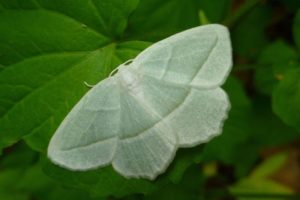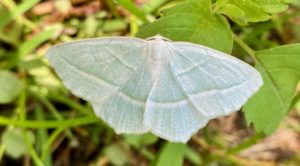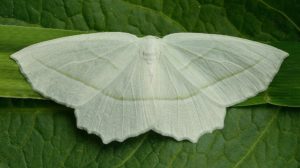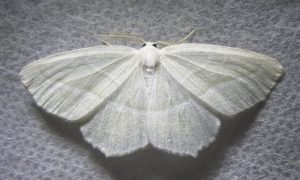Pale Beauty Moth (Campaea perlata)
The pale beauty moth is a geometer moth found throughout the North American continent. Its original name was Metrocampa perlata.
svtweb.org
Scientific Classification
- Family: Geometridae
- Genus: Campaea
- Scientific Name: Campaea perlata
Description and Identification
Caterpillar
They have a mottled-brown color that makes them look like a twig. There are tiny hairs at the bottom edges of their bodies.
Pupa
Once mature, the larva begins to pupate.
Adult Moth
Sexual Dimorphism: Present but not prominent.
Color and Appearance
Forewing: When the wings are open, they are pale-green or grayish-white. The edges are lighter than the center. When the wings are closed, a clear division can be seen between the light and dark halves.
Hindwing: When the wings are open, they are similar in color to the forewings. When the wings are closed, the line between the dark and light halves can be seen.
Average wingspan: 2.8 – 5.1 cm
Flight pattern: Erratic
Season: May to September in the south, July in the Arctic
Egg
The eggs are initially yellow but become red later on.
Quick Facts
| Distribution | North America |
| Habitat | Coniferous, deciduous, and mixed forests, shrubbed areas |
| Lifespan of Adults | Not recorded |
| Host Plants | Alder, ash, basswood, beech, birch, blueberry, Canada buffaloberry, cherry, elm, fir, hemlock, maple, oak, photinia, pine, poplar, rose, spruce, tamarack, and willow |
| Adult Diet | Does not feed |
Scientific Classification
- Family: Geometridae
- Genus: Campaea
- Scientific Name: Campaea perlata





